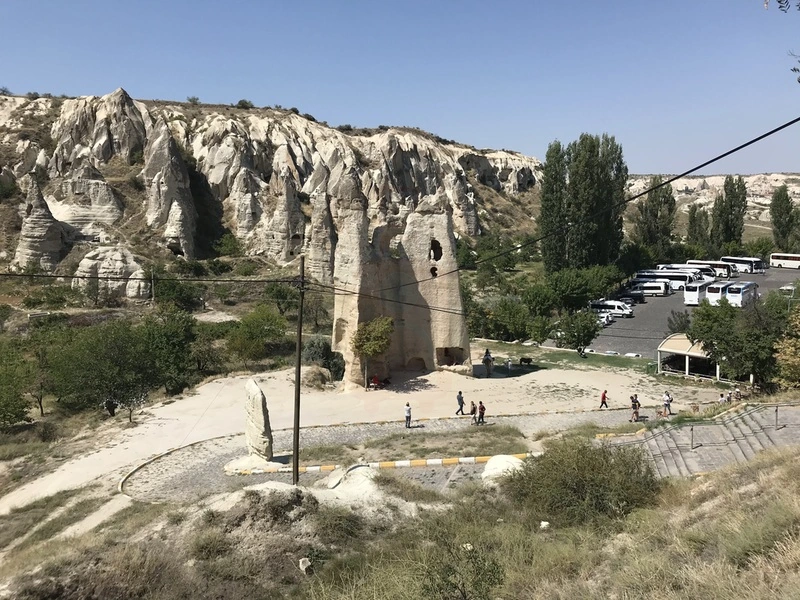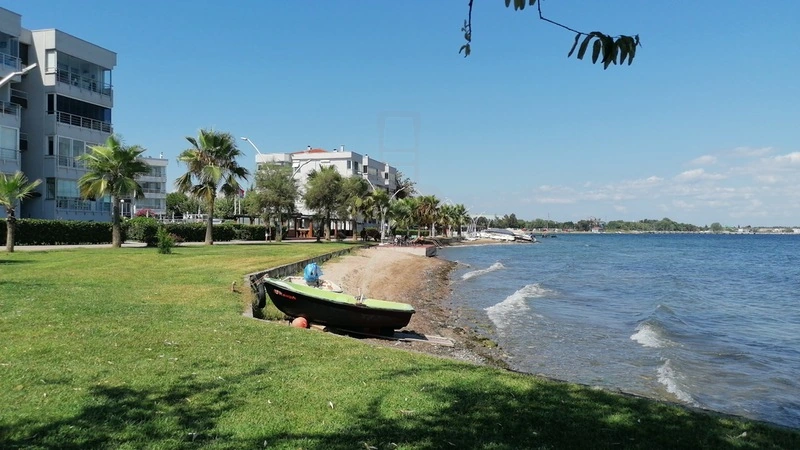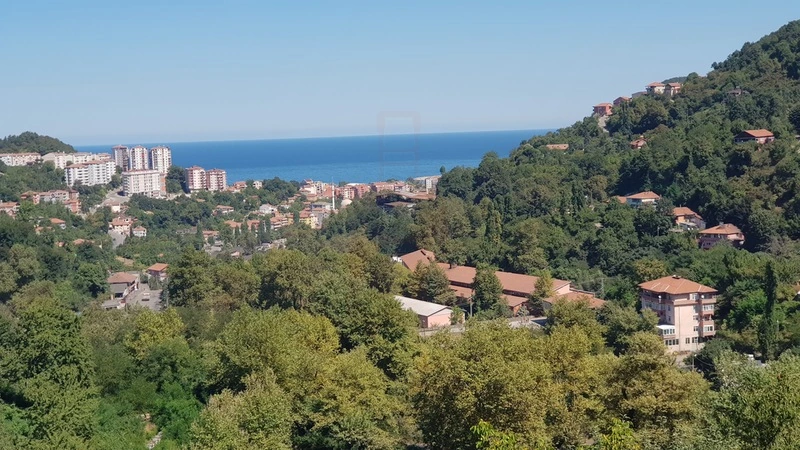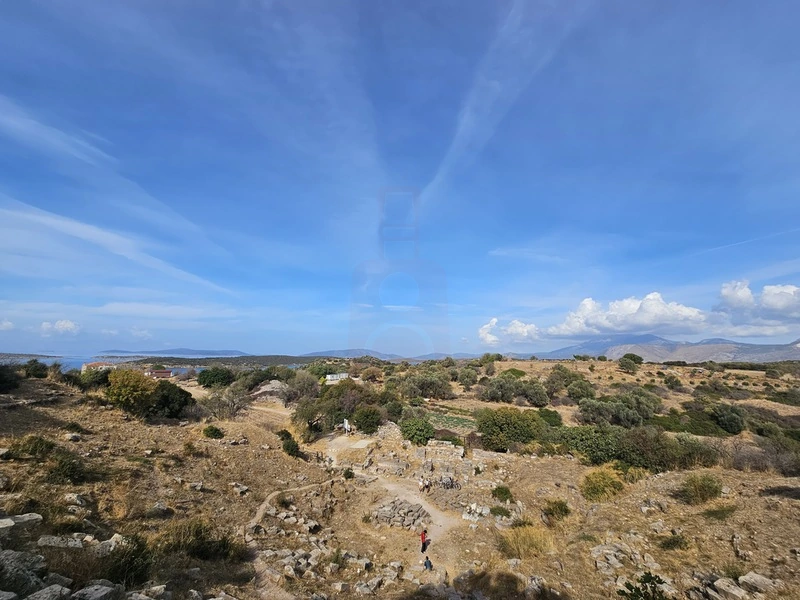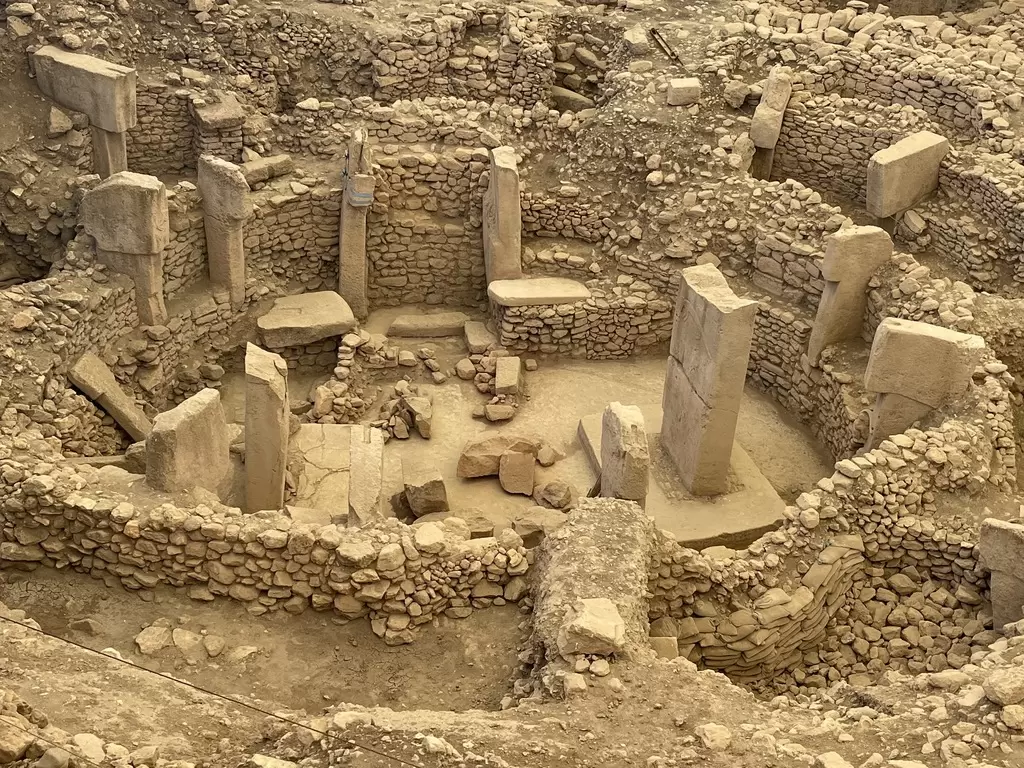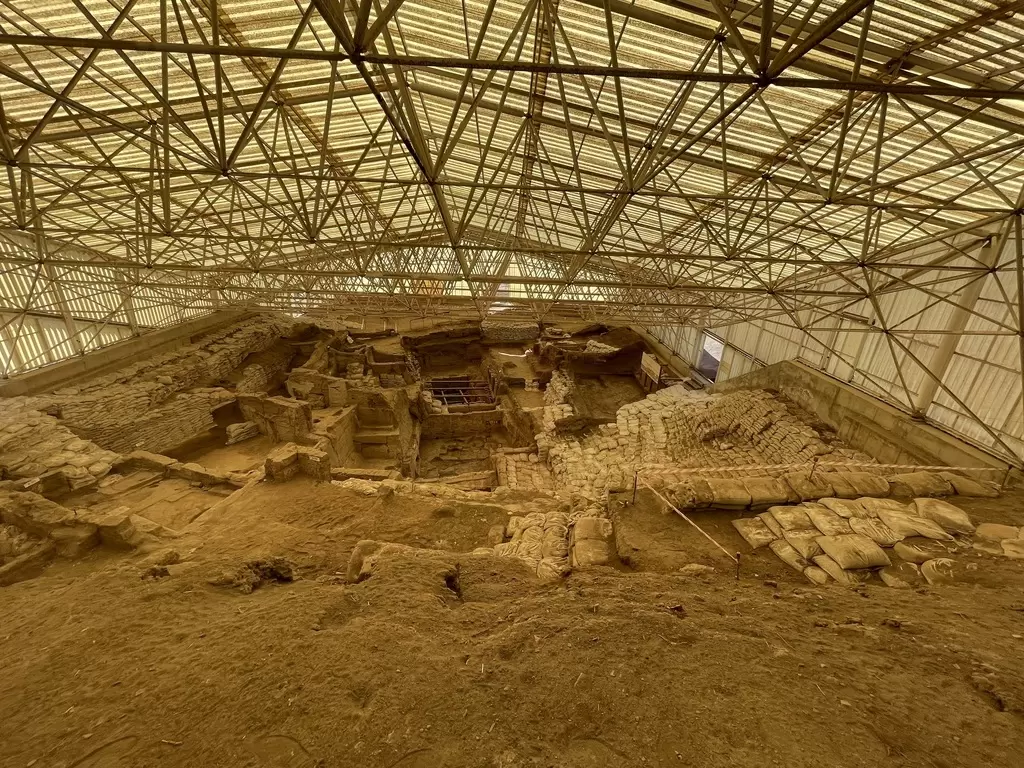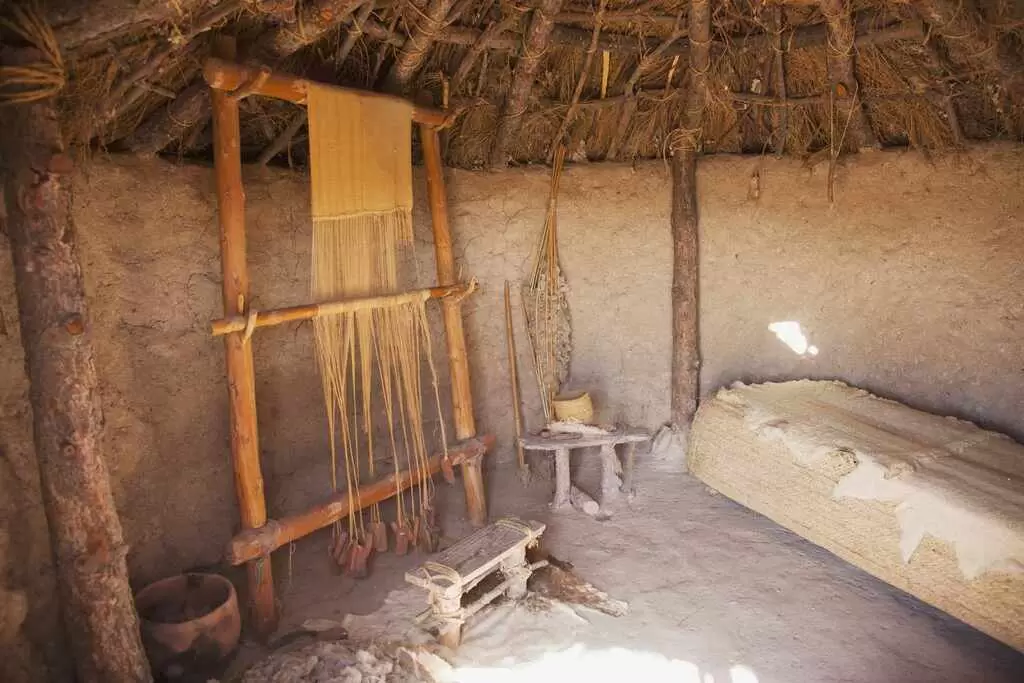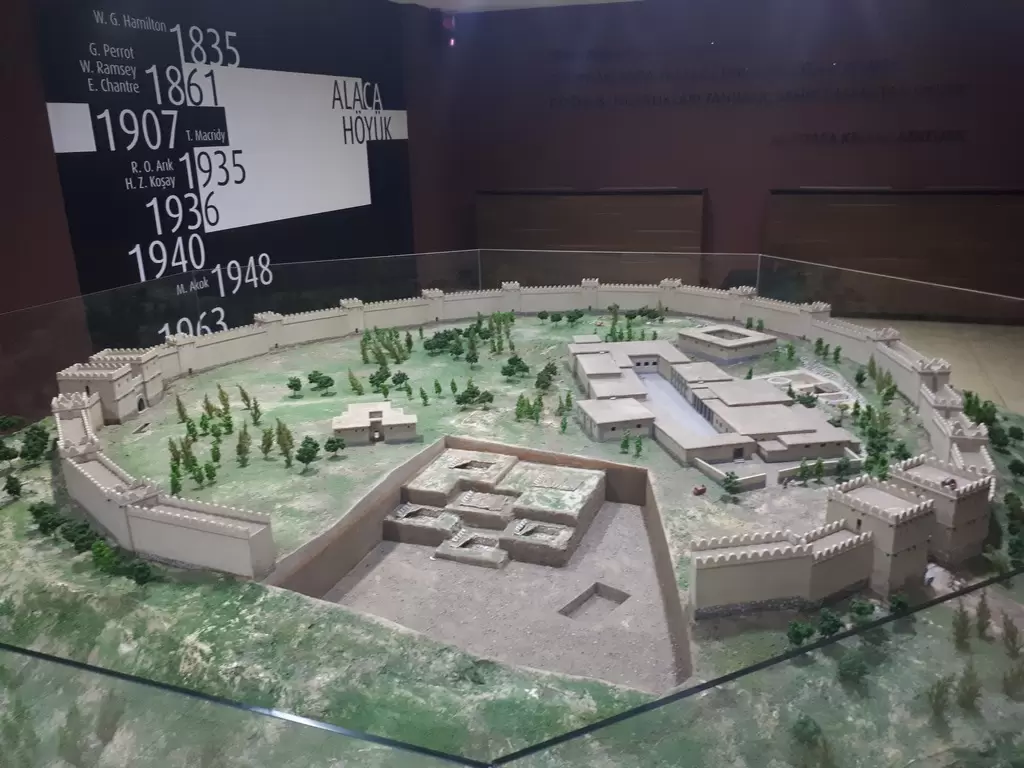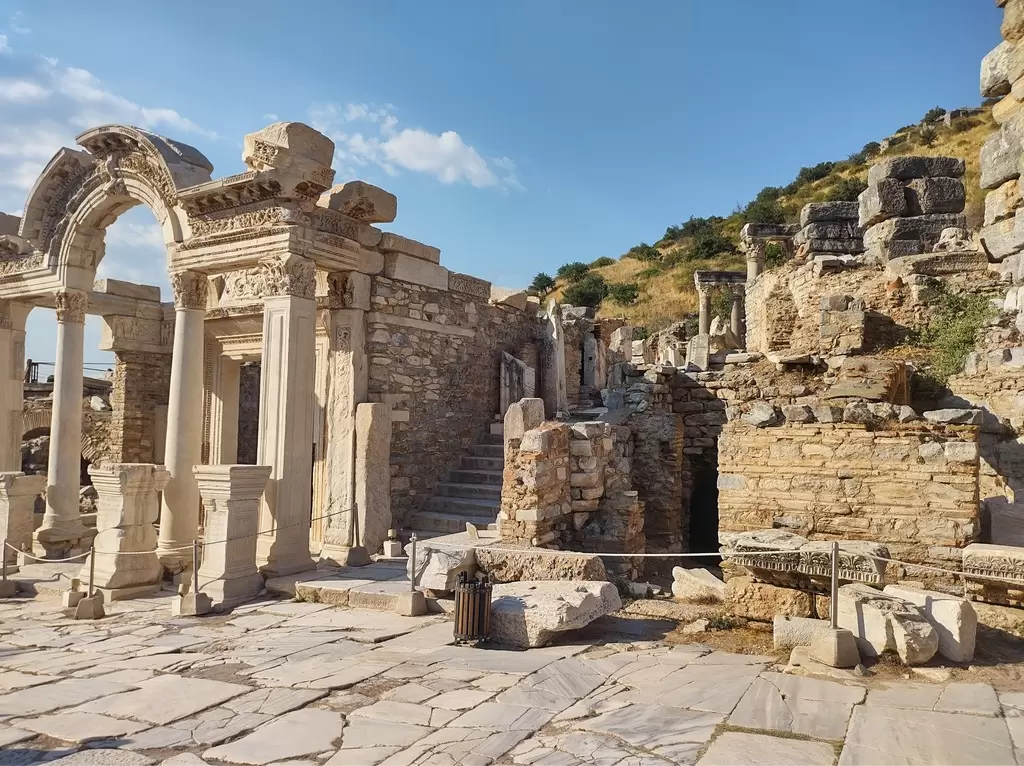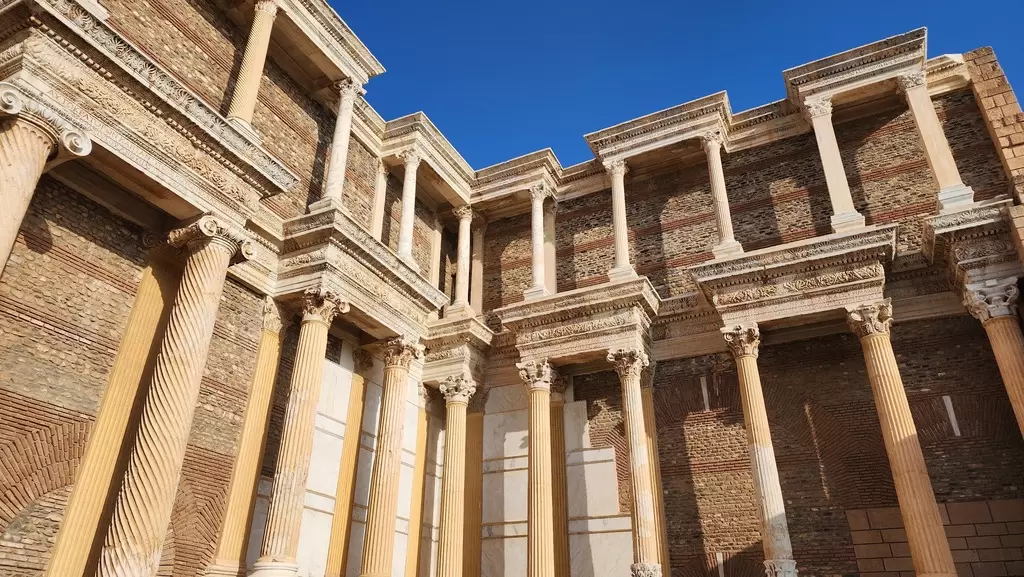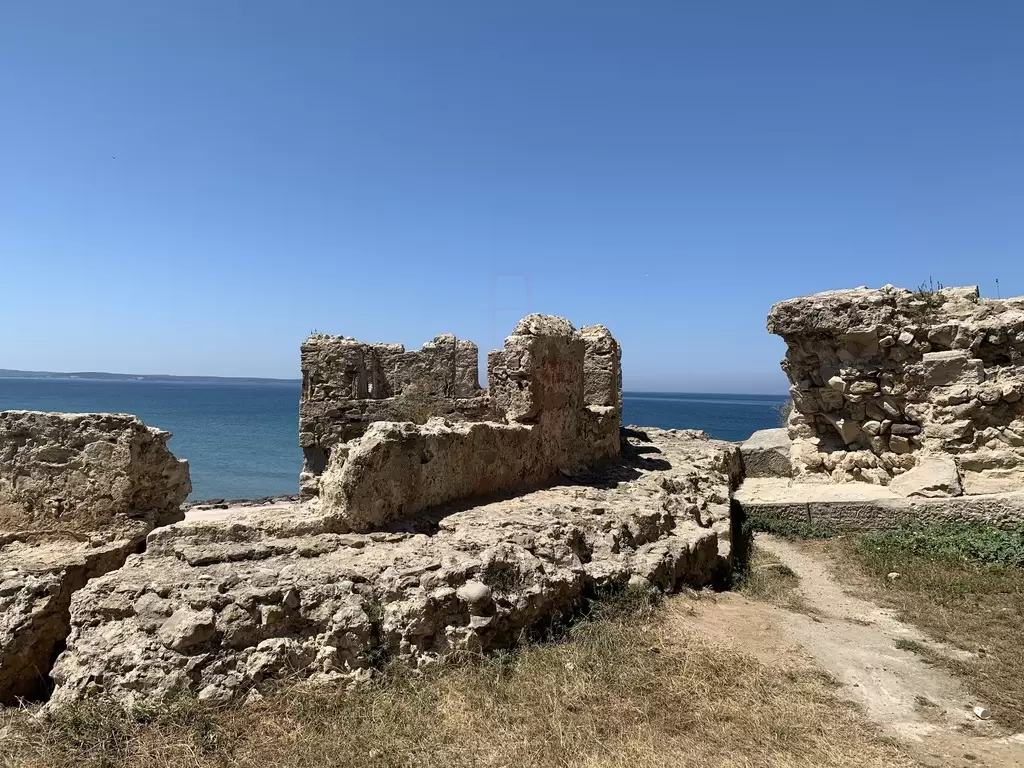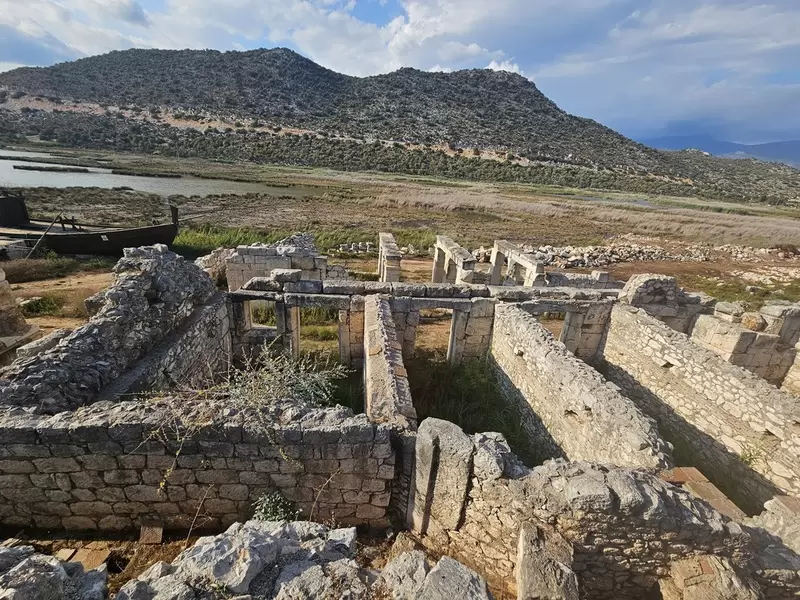
The Lycian Kingdom, located in the southwestern region of Anatolia, was a prominent ancient civilization that flourished approximately from the 5th century BCE until its eventual integration into the Roman Empire in the 1st century BCE. This unique kingdom is celebrated for its rich cultural heritage, distinct language, and remarkable contributions to art and architecture.
The Lycians spoke a unique language, which is part of the Luwian branch of the Anatolian languages, and their script is found in various inscriptions across the region. The Lycian culture was heavily influenced by neighboring civilizations, including the Greeks and Persians, yet it maintained a strong sense of identity through its unique customs and practices.
One of the most striking features of Lycian architecture is its elaborate rock-cut tombs, often carved directly into cliffs and mountainsides. These tombs, such as the well-known Tomb of Amyntas in Fethiye, showcase intricate designs and elaborate facades, reflecting the importance of funerary practices in Lycian society. The sarcophagi found throughout the region are adorned with reliefs depicting scenes from mythology, daily life, and the achievements of the deceased, underscoring the Lycians' artistic prowess.
The Lycian Kingdom was also notable for its democratic governance, characterized by a confederation of city-states, including notable centers like Xanthos, Patara, and Myra. This political structure allowed for a degree of local autonomy while fostering cooperation among the cities. The Lycians were known for their unique political system, which included councils and assemblies, enabling citizens to participate in decision-making processes.
Maritime trade played a crucial role in the prosperity of the Lycian Kingdom. Its strategic coastal position along the Mediterranean allowed the Lycians to engage in commerce with various cultures, including the Greeks, Phoenicians, and Egyptians. The region's natural harbors facilitated trade, contributing to economic growth and cultural exchange.
The Lycians were also skilled sailors and navigators, establishing a formidable naval presence that further enhanced their influence in the region. Their maritime prowess enabled them to control trade routes and foster relationships with other civilizations, which contributed to their wealth and cultural development.
In the 4th century BCE, the Lycian Kingdom came under the influence of Alexander the Great, which marked a significant turning point in its history. Following his conquests, the region experienced Hellenistic influences that shaped its culture and architecture. The Lycians adapted many Greek elements while retaining their distinct identity, leading to a unique synthesis of styles.
Eventually, the Lycian Kingdom was fully integrated into the Roman Empire, which brought new administrative structures and infrastructure improvements. Roman rule facilitated further urban development, and many Lycian cities thrived as important centers of trade and culture within the empire.
Today, the ruins of Lycian cities, including Xanthos, Patara, and Myra, offer invaluable insights into this ancient civilization. Archaeological excavations have revealed a wealth of artifacts, inscriptions, and architectural remains that continue to illuminate the rich history of the Lycian Kingdom. The legacy of the Lycians endures, showcasing their contributions to the cultural mosaic of ancient Anatolia and the broader Mediterranean world.




